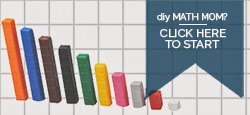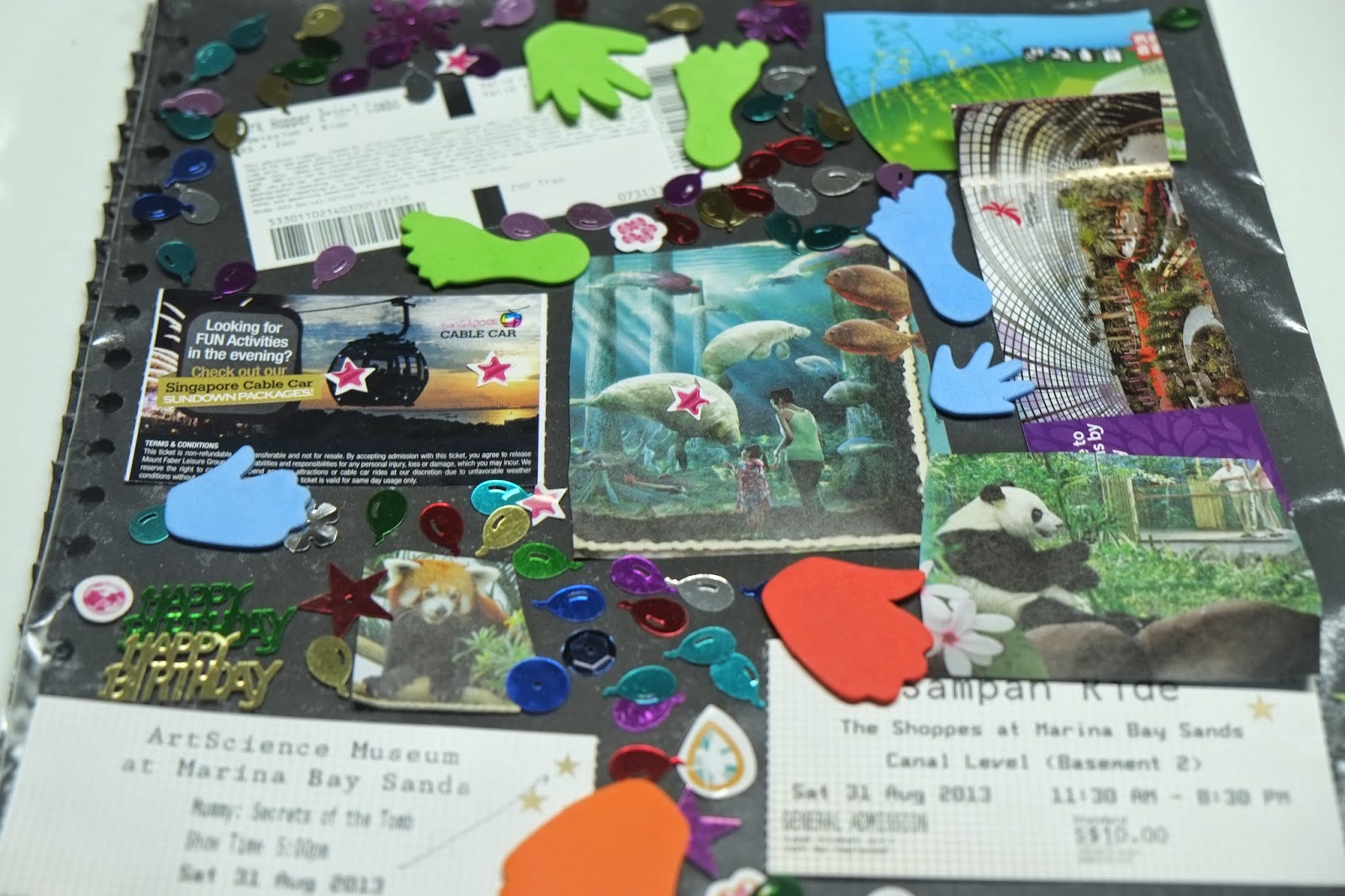These are the actually the most important ones to master because our number system is based on 10s. When I read this, a memory clicked: as a student I had been so ashamed how slow I was in adding mentally, that I discovered by myself that the easiest way to calculate was to make tens first and then add what's left. Before that I would literally 'count on' like toddlers do. I was grade five, people.
 |
| I didn't have one, so I improvised and made nines with a sticker label. |
Distribute four cards each. To make this super easy (and fun when they first win), we don't hide the cards. Now she has to see whether she has any two cards that can already make a ten:
 |
| She looks at the guide on her left if she needs prompting. |
Then she can "ask" for a card that she needs to match one of hers to make a ten:
 |
| Of course she's really scanning my open-faced cards at this point. Set all the number bond pairs made off to one side for tally later. |
If she can't get any more pairs, then the other player says "go to the dump" or whatever fun thing.
She picks cards to replenish her row of four cards again:
You can make keeping a running tally of scores fun too, if you like:
 |
| Here she stuck label stickers to the table representing the number of pairs she's made. And couldn't resist drawing a happy face on each sticker. |
 |
| Here we used the unit cubes to keep score. |
When all the cards are gone, there's more number practice to be made in tallying the scores:
 |
| Here she learned the concept of "a pair" by laying out the cards to tally this way. "How many pairs did you make?" I got five (the yellow stick in the middle), and she's counting hers... |
 |
| ... and showing me that she made a lot more than my 5 - she made 13! "How much more pairs do you have? What fits in the space?" |
 |
| Here she is counting the sticker scoreboard and making the number 15 |
Within a month of playing this game fairly regularly, she's memorised the facts to ten. We've since gone on to applying them in problem solving games like these four to six months later:
 |
| "Close your eyes! How many units are these... open! Haha!" Surprise there's a whole pile of them! |
 |
| Prompt how they would solve it first. And then help if needed by teaching the trick to first make tens. |
We do this without the number sticks also to test mastery:
 |
| "Circle the number bonds that pair up to make 10s first. How many tens did you make? The answer is 30!" |
Once the number bonds to ten are mastered, you can use the game to learn number bonds from 9 below. Here we are doing the eights:
 |
| 5 and 3 make 8! |
It's pretty easy to dial the difficulty up or down on this game. For perspective, Ladybug Girl just turned five when we started working on addition this way. It's almost been a year and this game is still going strong and is lots of fun!
Math. Fun. Wow. That actually clicks.
***
Visit the number sticks archive on the sidebar of the blog:

















